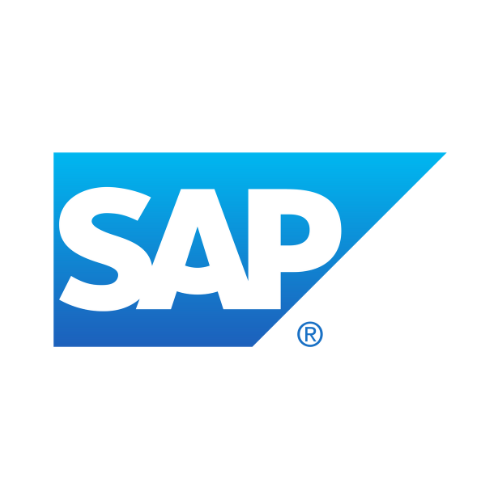August 18, 2020
Blog
Optimizing labeling in an SAP environment – How to do it and what the benefits are
Ken Moir
Share
Many businesses use SAP as their enterprise resource planning (ERP) system. It helps them digitally transform internal processes and brings efficiency gains. Yet, when it comes to managing their labeling operations under SAP, many businesses still struggle. Those using SAPscript or Smart Forms to create labels face a lengthy process for label change requests. This can be a drain on efficiency – and at a time when engineers may be unable to leave home, this can result in even longer delays than usual.
Fortunately, by transitioning to a purpose-built label management system (LMS) that fits into the SAP environment, your organization can create a truly agile labeling process. A modern label management system can be cloud or privately hosted. Here are the top benefits you’ll get by making that happen.
Make label changes faster
By selecting a label management system that’s built for barcode labeling, you can simplify the label creation and maintenance process, while reducing your IT burden. A label management system includes a built-in label designer that enables users to create labels in minutes, without coding.
Through the use of universal, intelligent label templates and dynamic content, you can quickly design complex labels that can be used across any printer brand or model. This helps reduce the number of templates you need to create and maintain. And the easy-to-use interface allows you to delegate label creation responsibilities to other parts of the organization, freeing up IT resource to work on other projects.
Prevent errors
With a system built for barcode labeling you get a print history on all templates, revision and approval workflows, and visibility of everyone who has accessed, changed and printed labels. Using a document management system (DMS), you can digitize your quality assurance process and get the documentation you need to perform quality control and audits.
Reduce label print time and drive efficiencies
There are typically two approaches to printing labels in an SAP environment. One is sending master data via the spooler to legacy label software for printing. However, with this method, there’s no way to perform a quality check of the label with the master data integrated prior to printing (a print preview inside SAP). This can lead to errors and time-consuming reprints. As an alternative, some companies decide to program SAP system integrations in-house. However, the level of Advanced Business Application Programming (ABAP) needed to seamlessly integrate an external labeling system with SAP to produce a label preview may be time-consuming and costly.
By choosing a label management system with a pre-built ABAP package, you get label template previews with master data and instant on-demand printing of labels, all directly within the SAP system user interface. An ABAP package can allow printing to bypass the SAP spooler from an output perspective and then update it after printing.
When you transition to a label management system, you have the opportunity to transform and improve every phase of your label production process. Every labeling environment typically has an element of business rules applied to the labeling process. Implementing a modern label management system gives you the option to build this into your labeling process, so decisions are made automatically.
SAP integration just the beginning
The benefits of barcode label printing integration aren’t limited to SAP. Using the integration system built into a label management system, you can also integrate manufacturing execution systems (MES), warehouse management systems (WMS) or in-house applications. This enables you to print from a single repository of templates and print labels based on transactions from different systems, knowing that all print history is centrally stored in the document management system.
To achieve this integration between your SAP environment and an external label management system, you would need to spend countless man-hours and employ a team of system developers. However, the included ABAP package can be transported to an SAP system within seconds, delivering a best practice solution in hours.
A platform for a global standardized labeling solution
By implementing a modern label management solution, you make label changes much faster, digitize quality assurance reducing risk, increase print speed and efficiency and get faster time-to-market. You can also scale your label production process across multiple production lines and plants. You can scale it up or down depending on market demand or conditions and extend it throughout the supply chain. Using the web technology built into the system, you can connect all of your printers across borders and regions, quickly establishing consistent labeling across your organization.
The Time is Now
Just as ERP, WMS and MES systems are crucial to day-to-day business, so is a label management system. Luckily, it’s easy to deploy and integrate a highly efficient label management system from any location, especially if it’s hosted in the cloud. Whether workers are remote or not, this will fully digitize QA, reduce labeling errors and shipping delays, and significantly increase overall efficiency and ROI.
Read more about modern label management system that helps SAP users digitize quality assurance, increase accuracy and extend labeling across the supply chain.
